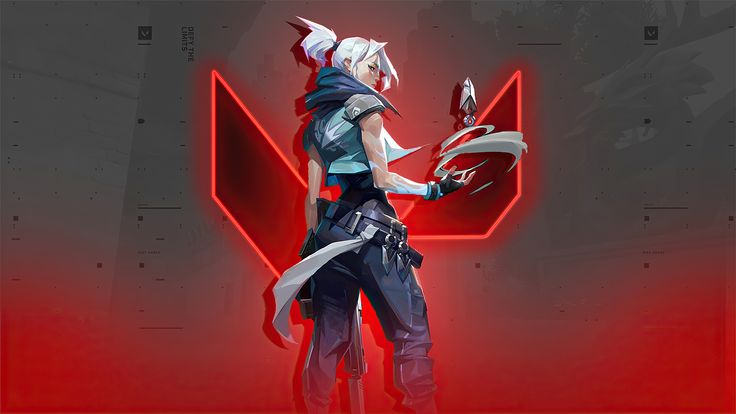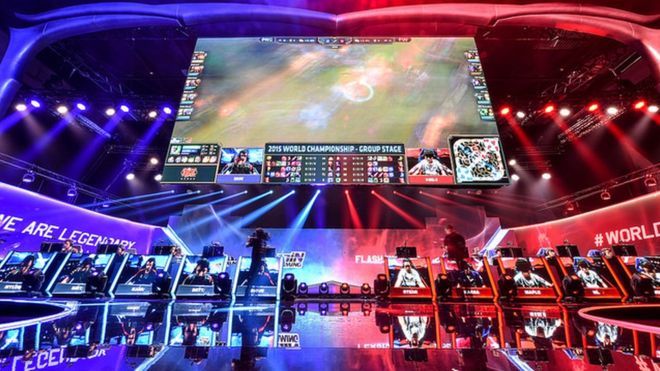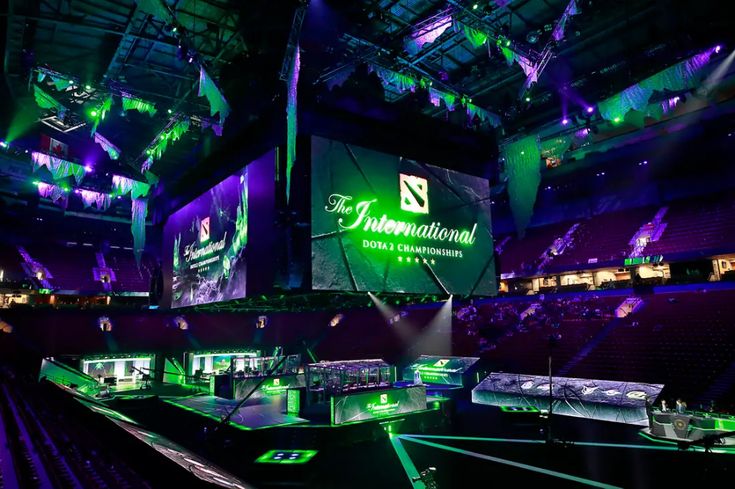The soft glow of a monitor has officially replaced the floodlights of a stadium for a new generation of superstars. Esports, once a niche hobby confined to basements and internet cafes, has erupted into a global, multi-billion-dollar industry. At the heart of this cultural phenomenon are the tournaments—digital grand slams where skill, strategy, and lightning-fast reflexes are converted into life-altering fortunes. We’re not talking about pocket change; we’re talking about prize pools that rival, and in some cases surpass, those of prestigious traditional sporting events like the Masters or the Tour de France.
This is the new gold rush. For aspiring pro gamers, esports fans, and curious onlookers, the sheer scale of the money involved is staggering. But which games offer the biggest jackpots? Which tournaments are the pinnacles of competition where legends are forged and millionaires are made overnight? This definitive guide will take you inside the world of top-tier competitive gaming to explore the highest-paying esports tournaments active right now. We will dissect the titans of the industry, investigate how these colossal prize pools are funded, and look at the broader financial ecosystem that supports a professional player. Prepare to see video games in a whole new light.
The Titans: A Guide to Top-Tier Tournament Riches
While hundreds of tournaments happen every year, a select few stand as monuments to financial power and competitive prestige. These are the events that every pro player dreams of winning, not just for the glory, but for the gargantuan paychecks that come with the trophy.
Dota 2: The International (TI)
When discussing esports prize money, the conversation begins and ends with The International. For over a decade, this annual tournament for Valve’s Multiplayer Online Battle Arena (MOBA), Dota 2, has shattered its own records, setting a benchmark that remains largely untouchable.
The secret to its astronomical prize pools isn’t just Valve’s deep pockets; it’s a revolutionary crowdfunding model. Each year, Valve releases “The Compendium” or “Battle Pass,” an in-game digital package that players can purchase to unlock exclusive cosmetic items, new game modes, and other features. A full 25% of all revenue generated from these sales is injected directly into The International’s prize pool. This masterstroke of community engagement transforms the entire Dota 2 player base into stakeholders of the tournament’s success.
The result? Prize pools that consistently venture into the eight-figure territory. The International 2021 (TI10) set the all-time esports record with a jaw-dropping prize pool of $40,018,195. The winning team, Team Spirit, walked away with over $18.2 million, instantly making five young players multi-millionaires. While recent iterations have seen slightly more modest totals, TI remains the undisputed king of esports paydays and the ultimate dream for any aspiring professional.
Fortnite: The Fortnite Champion Series (FNCS) & The World Cup Legacy
Epic Games’ Fortnite stormed the gaming world with its vibrant, accessible Battle Royale gameplay, and its competitive scene arrived with an equally earth-shattering impact. The inaugural Fortnite World Cup in 2019 was a landmark event, putting up a colossal $30 million prize pool, with the solo champion, Kyle “Bugha” Giersdorf, famously winning $3 million at just 16 years old.
While a second World Cup has yet to materialize, Epic Games has pivoted to a more sustainable and consistent model: the Fortnite Champion Series (FNCS). This is a seasonal, team-based league that offers massive prize pools throughout the year, culminating in a global championship. The FNCS Global Championship 2024, for example, boasted a $7,675,000 prize pool.
What makes Fortnite’s model compelling is the distribution of wealth. Instead of pouring everything into one massive annual event, the FNCS spreads millions of dollars across multiple Majors and regional competitions, providing more players with the opportunity to earn a stable, professional living. It represents a different philosophy: building a robust and healthy competitive ecosystem from the ground up.
Valorant: The Valorant Champions Tour (VCT)

Riot Games, the developer behind League of Legends, took a meticulously planned approach to their tactical shooter, Valorant. They built the Valorant Champions Tour (VCT) as a structured, year-long global circuit designed for sustainability and long-term growth. This ecosystem is less about a single, explosive prize pool and more about creating a stable professional environment.
The tour is divided into regional leagues (Americas, EMEA, Pacific) where partnered teams compete. These teams receive significant financial stipends from Riot, ensuring player salaries and operational stability. The season is punctuated by two international “Masters” events, culminating in the ultimate tournament: Valorant Champions.
The prize pool for Valorant Champions 2023 was $2.25 million. While this number seems smaller than those of TI or the Fortnite World Cup, it’s crucial to understand it in the context of the entire VCT ecosystem. When you factor in the millions paid to partnered teams in stipends and the revenue sharing from in-game cosmetic bundles that celebrate the Champions event, the total financial investment from Riot is immense. This model prioritizes player careers over record-breaking headlines.
Counter-Strike 2: The Majors
Counter-Strike is one of the pillars of esports, a legendary title with a competitive history stretching back over two decades. The pinnacle of competition in Counter-Strike 2 (CS2) is the “Major,” a prestigious tournament series sponsored by Valve. There are typically two Majors held each year, hosted by different third-party organizers like PGL or BLAST.
Similar to Dota 2, the prize pools for CS2 Majors are significantly boosted by the community. Valve releases in-game items, primarily “stickers” with team logos and player autographs, for purchase. A portion of the revenue from these sales funds the prize pool. The PGL Major Stockholm 2021 was the first to feature a $2,000,000 prize pool, a new standard that subsequent Majors have followed.
Winning a Major is about more than just the prize money; it’s about cementing a team’s legacy. The historical weight and prestige associated with being a Major champion are arguably the greatest prizes in all of first-person-shooter esports.
The Financial Engine: How Are These Prize Pools Funded?
The multi-million-dollar figures don’t appear out of thin air. They are the result of a sophisticated and evolving business model that combines several key revenue streams.
A. Publisher Investment and Marketing: For developers like Riot Games and Epic Games, a thriving esports scene is a powerful marketing tool. It keeps players engaged, drives new player acquisition, and builds a loyal community. They directly invest tens of millions of dollars into league operations and prize pools as a core part of their game’s marketing and player retention strategy.
B. Community Crowdfunding: This is the game-changer, pioneered by Valve. By selling in-game items (like Dota 2’s Battle Pass or CS2’s stickers) and dedicating a percentage of the sales to the tournament prize pool, publishers empower the community to directly contribute. This creates a powerful feedback loop: the more excited the community is, the more they buy, and the bigger the prize pool gets, which in turn generates more excitement.
C. Corporate Sponsorships: As esports viewership rivals that of traditional sports, major non-gaming brands have flooded the scene. Companies like Intel, Red Bull, Mercedes-Benz, and Coca-Cola pour millions into sponsoring tournaments, leagues, and teams. Their logos are plastered across broadcasts, player jerseys, and in-game arenas, providing a critical source of funding for tournament organizers.
D. Media Rights and Broadcasting: Just like traditional sports, esports leagues sell exclusive broadcasting rights to streaming platforms like Twitch and YouTube. These platforms pay enormous sums to be the sole destination for watching the biggest tournaments, knowing they can attract millions of viewers and generate significant advertising revenue.
Beyond the Prize Pool: The Complete Pro Player’s Income
Winning a major tournament is life-changing, but it’s an unreliable source of income. The financial reality for most professional players is built on a more diverse portfolio of earnings.
A. Team Salaries and Contracts: Top-tier esports organizations function like professional sports clubs. They sign players to contracts that include a consistent monthly salary, benefits, and often housing in a team facility. Salaries can range from a modest living wage in lower-tier scenes to hundreds of thousands of dollars per year for elite players in top games.
B. Streaming and Content Creation: A player’s personal brand is a massive asset. Many pro players stream their practice sessions and casual gameplay on platforms like Twitch and YouTube. Through subscriptions, donations, and ad revenue, a popular streamer can earn a substantial income that is entirely independent of their tournament performance.
C. Personal Sponsorships and Endorsements: Star players with large followings attract their own personal sponsorships from hardware companies (keyboards, mice), energy drink brands, and apparel companies. These deals can be incredibly lucrative, often rivaling a player’s salary.
D. Prize Money Distribution: It’s important to note that players don’t keep 100% of the prize money. The winnings are typically split between the players on the team, the coach, and the organization itself, which usually takes a small percentage (around 10-20%) as per their contracts.The Future of Esports Paydays

The landscape of esports finance is constantly evolving. While the trend of growth seems set to continue, the direction is shifting.
- Sustainability Over Spectacle: Many developers are moving away from the “one massive prize pool” model towards more structured leagues like the VCT. This fosters long-term stability, allowing more players and organizations to build sustainable careers rather than relying on a single lottery-like payday.
- The Rise of Mobile Esports: Games like PUBG Mobile, Honor of Kings, and Mobile Legends: Bang Bang have enormous player bases, particularly in Asia and emerging markets. Their premier tournaments are already offering prize pools in the millions, a trend that is expected to grow exponentially.
- Continued Integration with Mainstream Culture: As esports continues to merge with mainstream entertainment through media deals, celebrity involvement, and major brand partnerships, the influx of capital into the scene will only increase, likely leading to steady growth in both prize money and player salaries.
In conclusion, the world of high-paying esports tournaments is more vibrant and lucrative than ever. From the community-fueled behemoth of The International to the carefully structured ecosystem of the Valorant Champions Tour, there are numerous paths to fortune and glory. These events are no longer just competitions; they are massive entertainment spectacles, viable career paths, and a testament to the power of a passionate global community. The golden age of competitive gaming is here, and its paydays are bigger than anyone could have ever imagined.












